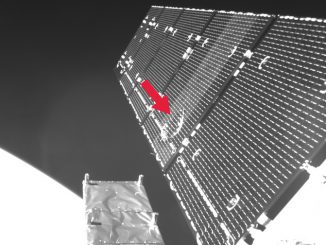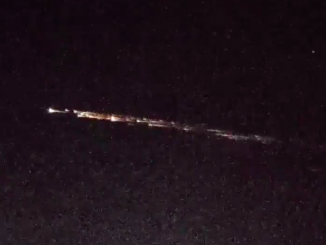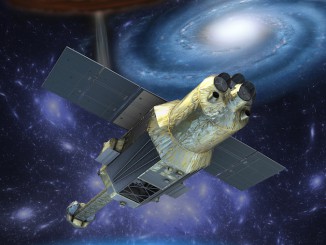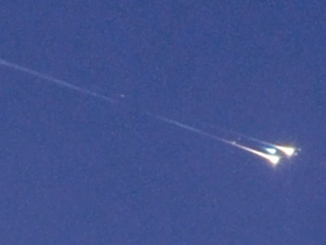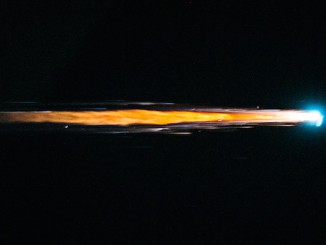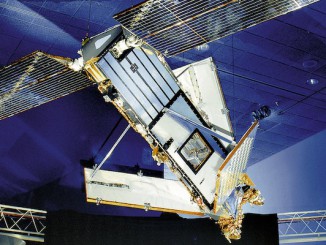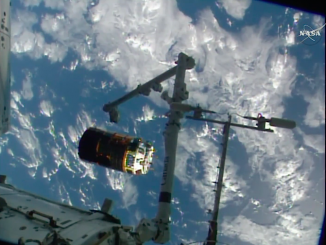
Japanese cargo craft departs space station
Japan’s sixth HTV supply ship departed the International Space Station on Friday and headed for a destructive re-entry over the South Pacific with trash and disused batteries from the research lab, but engineers will first use the spacecraft for a pioneering experiment to investigate a new way to remove space junk from orbit.

